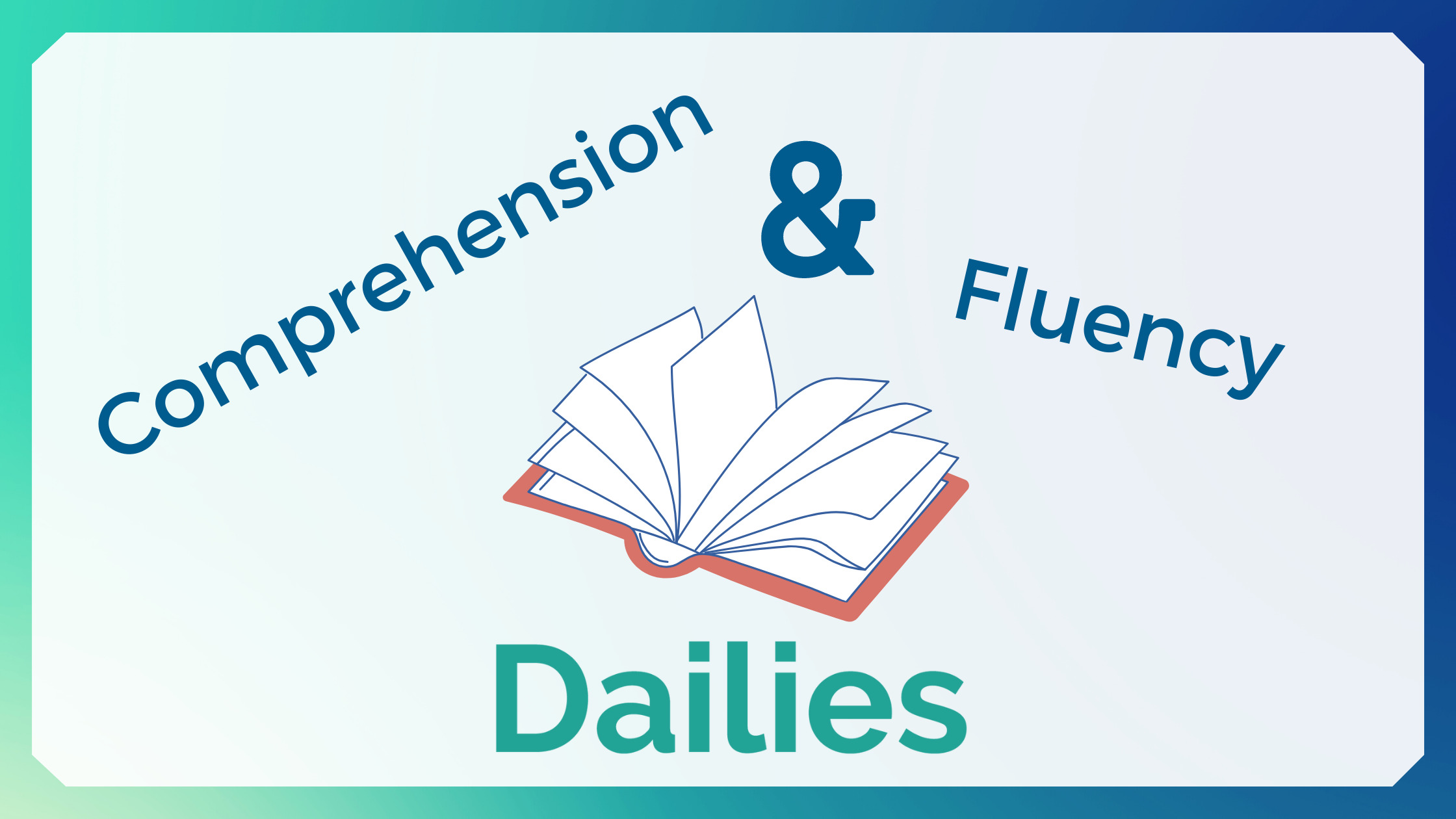Have you ever experienced another parent, or even a teacher, joyfully share about how high of reading levels their kids are at? Or maybe as a teacher or as a homeschooling parent, you’ve heard another parent request more rigorous material or strategies to best support their child’s academic needs since they’re reading “above grade level.”
As a former Literacy Interventionist & Specialist, as well as a former classroom teacher, whenever I find myself in a situation like the one described above, the first instinct I have is to celebrate that child’s supposed reading level, but to also have that child read aloud to me AND then ask comprehension questions about the text after the child has finished reading.
This isn’t a matter of me being a pessimist and I hate to say it, but sometimes I need to see the evidence for myself. Far too many times, parents and even educators innocently and unknowingly think their child is reading at a higher level than the student truly is. Reading is often wrongfully assessed by simply having a child read aloud and then recognizing that the child read all (or most) of the words with few to no mistakes.
For the most part, this inaccurate assessment of reading level is often due to basing reading success solely on fluency, rather than taking fluency AND comprehension into account.
Let me break this down a little bit more for you.
Fluency= Reading words accurately (reading the word as written and intended), at a reasonable pace (not too fast or too slow), and with expression (sounding as if it was speech rather than robotically reading word-by-word).
Comprehension= Understanding what is being read
Both of these skills go hand in hand. Success at fluency AND comprehension must be demonstrated in order to move up a child’s reading level or to increase the rigor of the text they are working on.
I want you to pause there and think about the purpose of reading. What is the reason for reading anything at all? To sound nice when reading aloud? While that’s important and does demonstrate some level of understanding, the main intention of reading is to take away meaning from a text. In other words, the purpose of reading is to learn something or understand something that is new or interesting to the reader. Taking that goal into account, doesn’t it only make sense that comprehension and understanding is then assessed too? Rather than only focusing on decoding (or figuring out) sounds and vocabulary words?
It’s wonderful to have a child read aloud to you, and you can recognize so many reading behaviors through that, but it’s also important to check their understanding by asking questions- and not just basic, easy, simple questions…but more on that later in a future blogpost!
In other words, students are sometimes at a different text level than what is first believed, due to the fact that comprehension is either pushing their level forward or holding them back. Fluency is a strong indicator of reading success, but comprehension is too.
All this to say, this is being shared with you not as a matter of saying your child is at a certain reading level or not, but making sure that your child is reading the “right” level of book for them currently to ensure they are learning, enjoying, and understanding the text. When working with your child on any reading skill, make sure fluency AND comprehension are being assessed and worked on. Don’t just focus on your child reading the words, but what is also the meaning behind those words?
If you have any questions about any of the above, don’t hesitate to reach out to us. We’ll be happy to set up an academic advising appointment with you!






